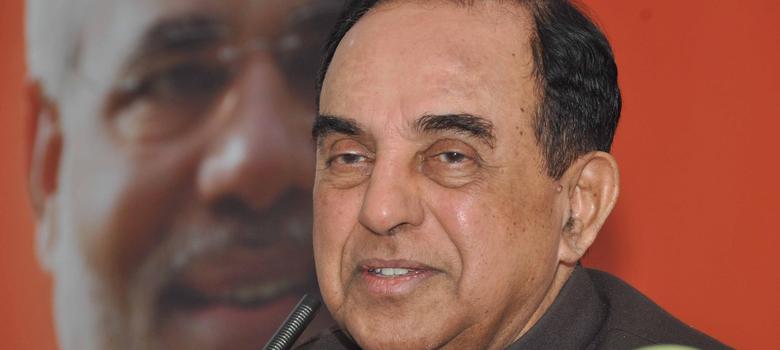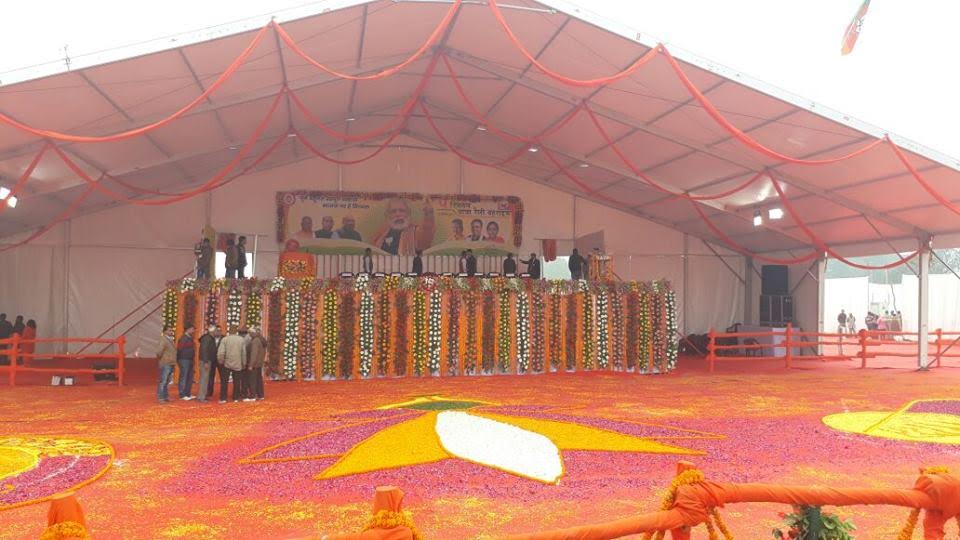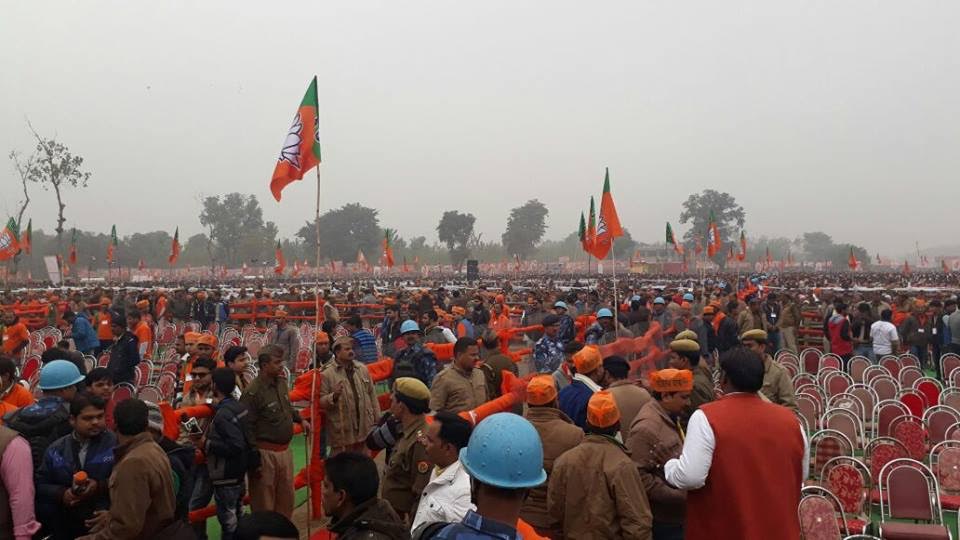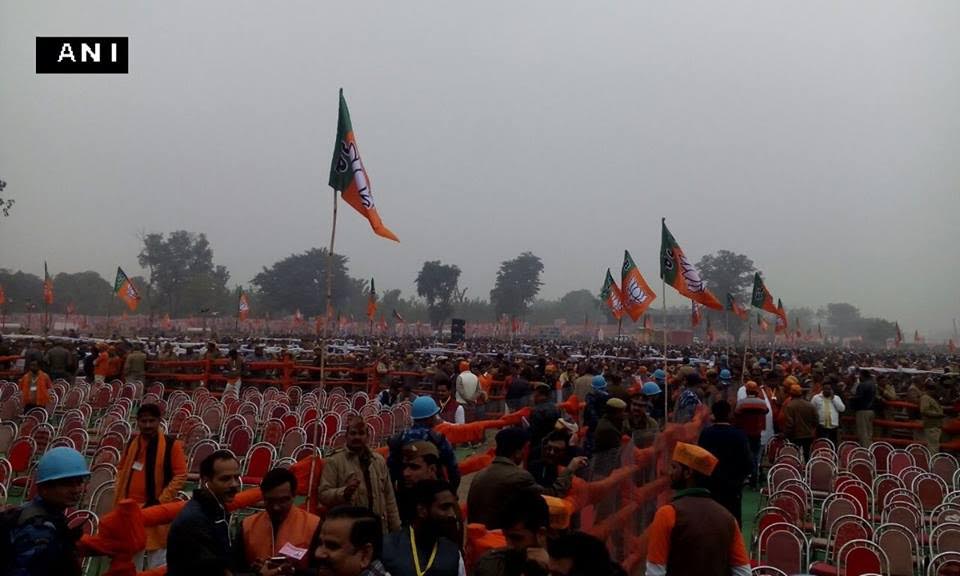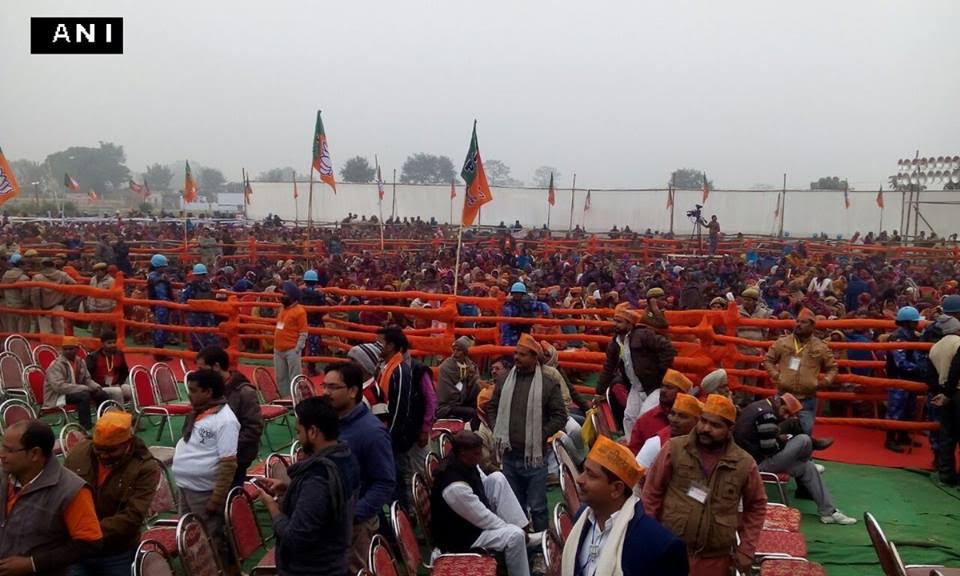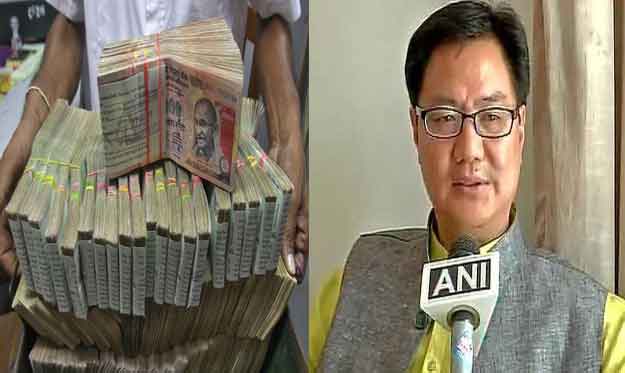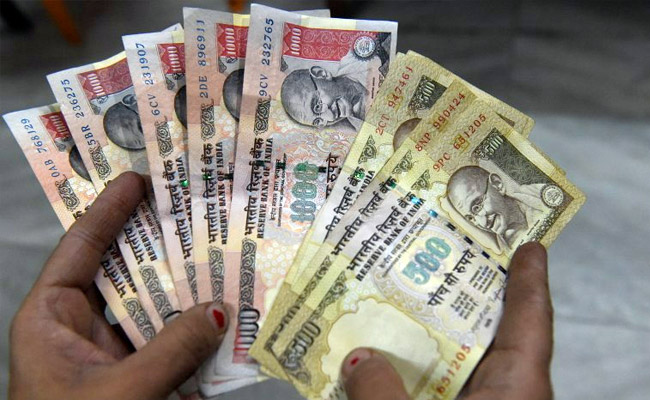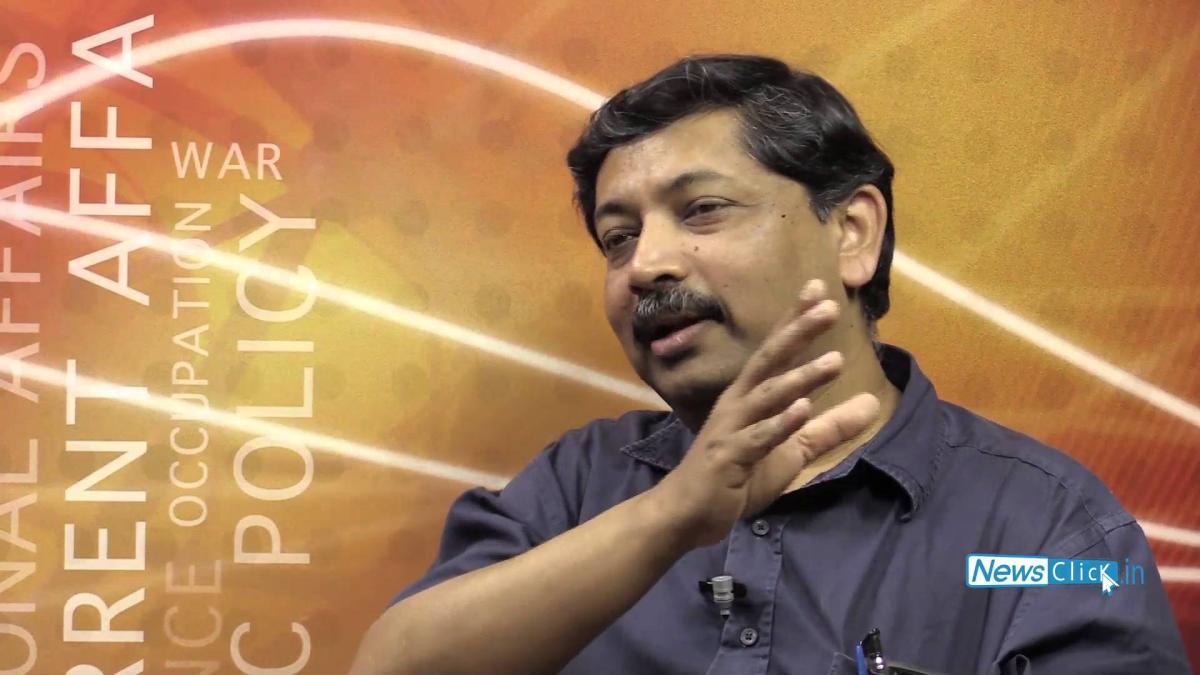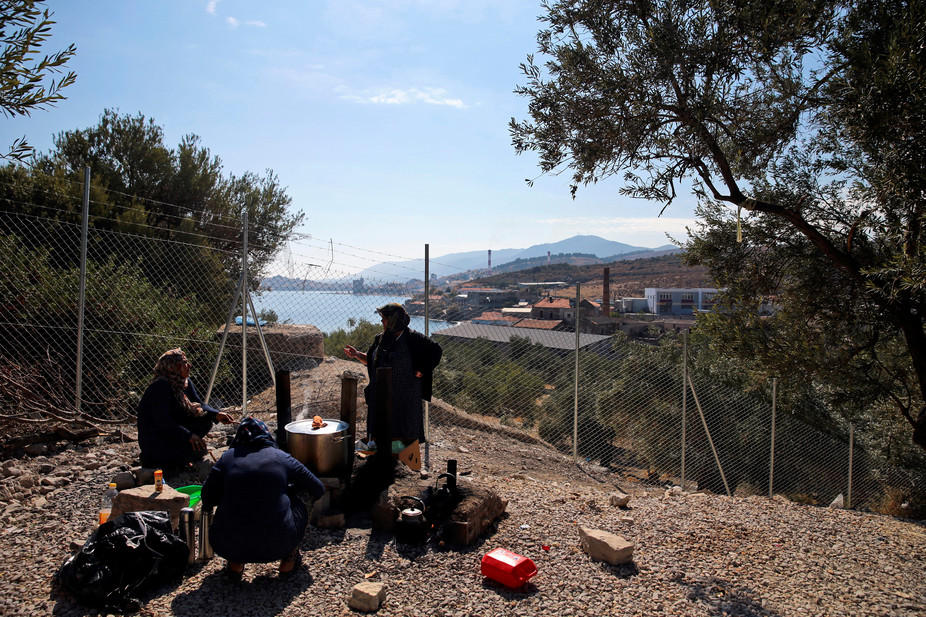
Newsclick: Surajit, when people talk about black money, there seems to be an understanding that there are separate black and white economies. The black economy is run by crooks and runs on black money, while we are parts of the white economy and use white money. Can you elaborate if this is true, or is this a misunderstanding of the economy?
Surajit: There are no separate black or white economies. Inter-connected economic activities generate incomes, some of which becomes black. If people do not want to declare their actual income, they may not report all their transactions to the tax authorities. For instance, if a doctor/lawyer/small shopkeeper, takes money from some from their clients in cash, and does not report it (to avoid paying tax), this part of their income, becomes black income. This income would be in cash and in that form, could be called black money. However, if they then do certain transactions (which are reported) with this money, the transaction becomes ‘white’ money, even though the income spent was initially black.
Black incomes can also be generated by showing fictitious transactions or inflating their value. In businesses, ‘costs’ can be increased this way, which reduces the declared income on which tax is to be paid and this method may not depend on the use of cash. If the inflated cost is for goods that are imported, it also provides a means to take the black money outside the country. The import would then be ‘paid’ for, in dollars to some entity outside the country.
Understating as under-invoicing, the value of something which is exported, is also another way in which black money can go out as only a part of the dollars earned through the sale are brought back. The rest are stored abroad.
Apart from hiding or creating fictitious transactions for tax purposes, there are other sources of black incomes. These arise out of criminal activities such as drug money or bribing officials. Such money can also arise out of illegal mining – bribing officials, selling it in black or exporting it – as has been done by the Reddy brothers in Bellary. Now, these transactions cannot be declared because they are illegal transactions. So, black income/money is also generated through such illegal transactions. If there is a further transaction using such black money, it may again become white money. Alternatively, it may be used to acquiring property through a benami transaction or to pay the excess of the price over the recorded value of the transaction – in which case it ceases to be held as money. Black money is also converted into ‘white’ money by showing it as receipt from the sale of assets held in the family for which no record of purchase may exist – such as inherited jewellery.
So, money or cash by themselves are neither black nor white – it is really the income which is black or white. Consumption from black income, and all wealth acquired through such incomes are black consumption and black wealth respectively. Acquiring black incomes and spending them involve transactions in which cash may be used but the notes are neither white nor black. These transactions can also be between recipients of black income and those who do not have such incomes so that the money moves between the black and white parts of the economy. Together they constitute the larger economy. Between these two parts, there is no clear demarcation and there is, therefore, only one economy. Some of these incomes are hidden or undisclosed to the authorities while others are either disclosed or have no need to be disclosed. They are either legal and too low to invite taxation.
Newsclick: When we talk of black money, you seem to use it in two senses – one as cash, and one as wealth. Can you elaborate on this?
Surajit: We must distinguish between cash held for transactions and cash as the form in which wealth is held. Cash held for transactions is not held for long periods because it gets used in those transactions while cash as wealth would be held for a longer duration. The cash with those who earn black incomes therefore has two components, a transactions component or flow, and another, a store of value that is a part of black wealth. Black wealth, however, has many other forms – stocks and other financial investments, houses and other properties, gold and other precious metals, etc. – and can held within the country or abroad. A large amount of India's black wealth is indeed held in foreign accounts or as property abroad. Some of it also then comes back into the economy as ‘foreign’ investment, through tax havens such as Mauritius.
Newsclick: Do we have any estimate of how much of the black wealth is actually held within the country as cash?
Surajit: Well, what is held as notes is a very small part of what could be considered black wealth. If we take the entire black wealth that has been generated say, in the last 20-25 years, the assessment is that only 6% of it is held as cash. Since the government estimated that Rs 4 lakh crore of the high denomination notes are not going to come back, let us take this as government’s own estimate of black wealth held in cash. Then, this makes total black wealth with in the country to be Rs. 67 lakh crore. In fact, if we add to this the estimates of black wealth held by Indians abroad in tax havens and Swiss banks, approx. Rs 34 lakh crore estimated by the CBI , then the share of cash in total black wealth will come down to below 4%.
Since we know the value of the Rs. 500 or Rs. 1,000 notes that were in circulation before demonetization and that not all of it could be part of black wealth, we can say with certainty that only a very small percentage of the total black wealth held in the country or abroad, would have been in the form of cash. It is impossible for this percentage to be high unless the total black wealth itself is much smaller than the above estimates.
Newsclick: How much of the black money, do you think would be liquidated, by not coming back to the banking system? How much would your estimate be?
Surajit: It's an easy calculation. We already have 11.55 lakh crore worth of old Rs. 500 and Rs. 1000 notes, out of the original 14.7-14.8 lakh crores held by the public, deposited with the banks as on December 5th. This is what the RBI has said. With 25 days remaining in which such deposits can be made, it doesn't look that there is any likelihood that the money which will not come back to the Reserve Bank or the Banks being very large – maybe only 0.5 to 1 lakh crore.
So effectively, the bulk of the black cash, if that was indeed Rs. 4 lakh crore as estimated, would have got converted into white money, or new black money. The kind of calculations bandied about earlier – that if Rs. 4 lakh crore does not come back to the banking system, then the liabilities of the Reserve Bank would go down significantly, is not going to happen. The liabilities attached to currency issued by the Reserve Bank are in any case notional, since the promise to pay attached to notes are not a promise to give anything else other than itself in exchange.
Yes, some small petty black money may be caught. But the bulk of black wealth for the big fish is really either stashed abroad, or in property, gold and other assets and these are unaffected by demonetization. What has really been affected is what I would call petty black money; small traders, lawyers, doctors, owners of small industries who need some working capital, and don't want to show their actual incomes. Those are the small fish that could be affected to an extent. But the amount of pain inflicted on the system is completely disproportionate to what the benefits unearthing or actual liquidation of black money.
Newsclick: Do you think if black money is primarily of black wealth holders, then instead of demonetization other steps could have been taken?
Surajit: Well, there are various other steps that the government could have taken to target the rich but exactly the opposite is happening. We know that banks are liquidating what are called non-performing assets, effectively rewarding those who have defaulted on their loans. As we know, there are 57 big fish – big guys who have defaulted on the loans and these are most likely who-is-who of India's big capital. Their names are not even being disclosed by the banks because that's supposed to be confidential information. So, on one hand we see the treatment that's been given to big capital. Rupees 1.8 lakh crores have been already gifted to big capital as relief or write-offs in the last 3 years. This is essentially from people’s money because if the banks have to bear that loss, it's you and I who have to bear the loss; these are public sector banks. Essentially, we are writing off the loans of the big capital. It is also this capital which has really generated black money abroad while showing a loss in India through fictitious transactions. We have the example of Mallya which everybody knows, and there is also the well-known power tariff scam in which many big groups like the Adanis, Ambani and Essar are supposed to have over-invoiced their imports of coal for their power-generation companies, a way of moving black money to tax havens, and then sought to pass on these ‘costs’ to consumers. These are examples of how Indian big capital operates. They have huge debts to Indian banks, while stashing their profits in tax havens abroad. We are not moving against them by seizing the assets of big capitals but treating them with kid gloves. This shows that this government is not serious about black money. Instead, it has taken a measure that hits the poor much harder, as they depend on cash.
Of course, we have legitimized black incomes of the rich as white at birth, through the numerous tax concessions. These concessions reduce the effective rate of taxation below what is the statutory rate – a company whose profits are normally supposed to be taxed at 33 per cent may actually pay only 15-20 per cent as tax – through such concessions, this is effectively what would happen if 30 to 50 per cent of the income was hidden. These concessions are in addition to the fact that the tax rates on the corporate sector and the rich in India are very low. Many government employees and the wealthiest Indians with more than 100 times their income, fall in the same tax slab and are taxed at almost the same rate. This is how the government is helping the rich by legally turning ‘black’ into white incomes.
The government’s interventions in various international fora on tax havens are again very weak. For example, in the G-20 meet we could have taken up the issue of black money in tax havens much more seriously. India has not really pushed the issue of tax havens in any of the global platforms.
So, these are ways by which we are giving a sort of free pass to big capital.
At the end of the day, it is enforcement that can address the issue of black incomes and black wealth. This cannot be addressed through demonetization. Indeed, it is when money is spent on consumption or acquisition of assets that black incomes can become visible to tax authorities. They should be seriously looking at consumption and acquisition of assets. The government does not seem to be interested in finding the spenders of big bucks but instead wants to propagate the myth that most of the black income and wealth is hidden away in the form of cash piles. That is why the burden of demonetization has fallen disproportionately on the poor.
Newsclick: Will changing to digital transactions reduce black money?
Surajit: While the number of cash transactions in India are much higher, the value of transactions that take place digitally or are otherwise recorded with banks have been increasing and are already quite large. This does not, however, mean that the problem of black money has come down. The actions of big capital – under invoicing of exports and over invoicing of imports, are all done through banks and yet generate huge amounts of black incomes. If you take the Satyam scam, a lot of it involved creating fraudulent transactions using banking and other formal channels. So, it is wrong to think that only the informal and the cash economy generates black money.
A large part of black income today is that which is generated through manipulation of accounts in connivance with lawyers and accountants, and often are earned by those who file tax returns. The best lawyers and the accountants, work for creation of such black income and its transfer to tax havens, while keeping all transactions within the banking system.
It is this inability to really enforce efficient tax administration that is the crux of the issue. Using demonetization as an instrument, is hitting the poor and the common man and women, while allowing the key defaulters responsible for the bulk of black income generation –a much small number – to get away.
Courtesy: NewsClick.in


